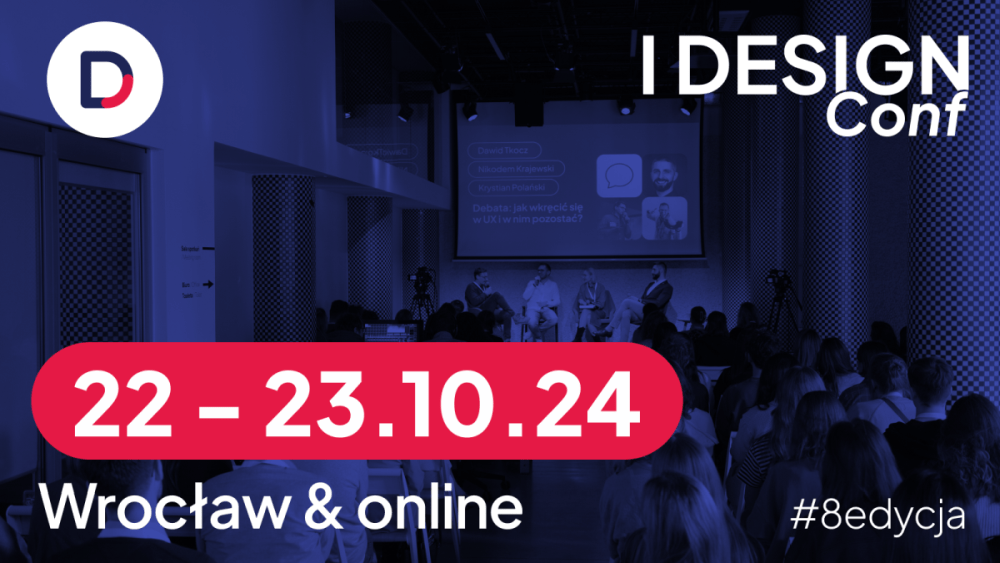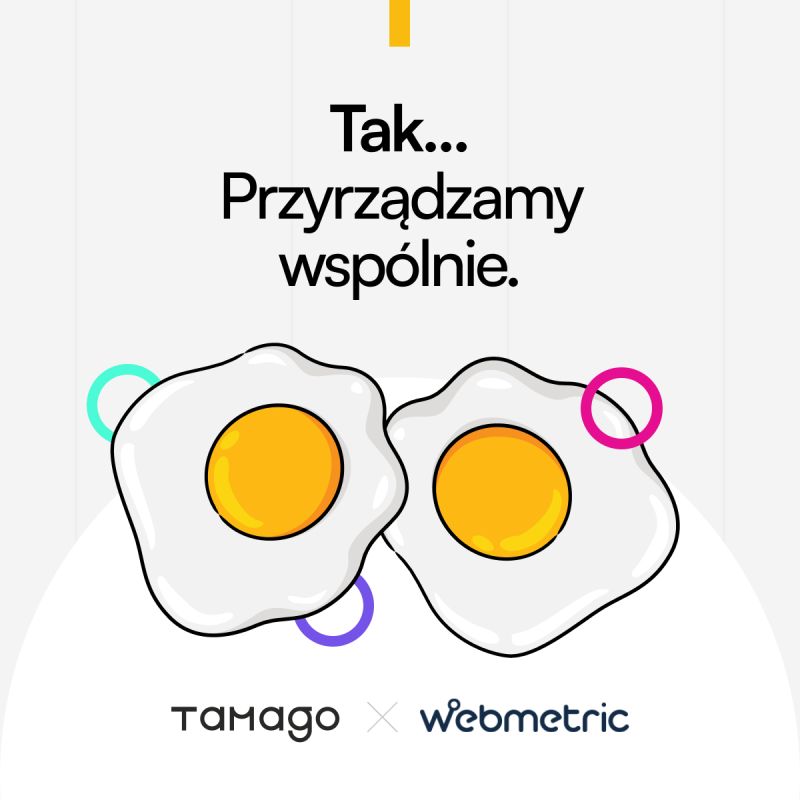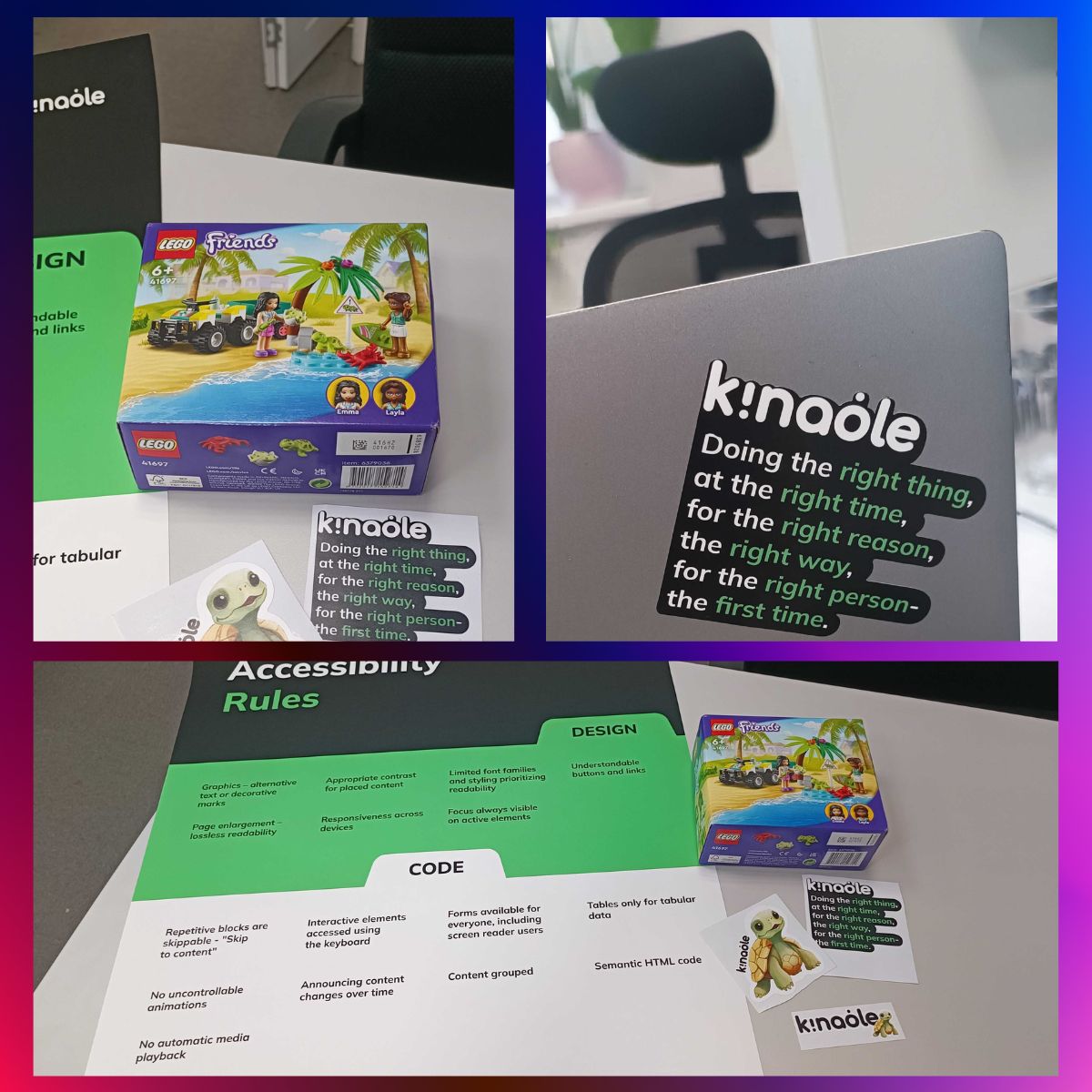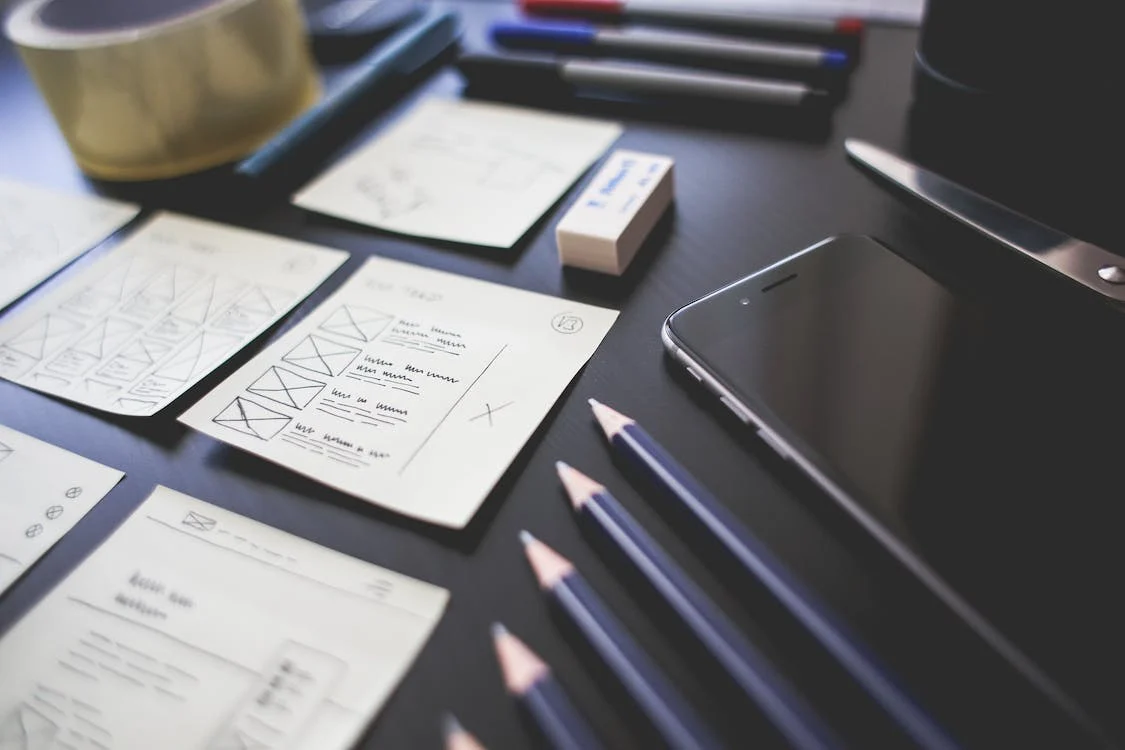
UX Designer – kim jest, jak nim zostać i ile można zarobić?
Jeśli interesują cię kulisy ludzkich wyborów i zachowań, a twoją mocną stroną jest empatia, to może być kariera dla ciebie. UX designer to zawód zorientowany na projektowanie doświadczeń. Wyobraź sobie, że efektem twojej pracy jest autentyczna radość użytkowników produktów cyfrowych.
Kierowca szybko zrozumie i polubi aplikację pogodową i dzięki temu uniknie wypadku na codziennej drodze do pracy. Senior zacznie korzystać z aplikacji bankowej i będzie mógł bezpiecznie płacić rachunki bez wychodzenia z domu. Ktoś bliski wypalenia zawodowego odnajdzie w sklepie internetowym wymarzone narty w dobrej cenie i jednym wyjazdem wakacyjnym uratuje swoją karierę.
Te sytuacje, a także cała masa innych, zależą przede wszystkim od wskazówek UX designera. Taka osoba odpowiada za to, żeby interfejsy tworzonych sklepów, stron internetowych i aplikacji były idealnie dostosowane do oczekiwań grupy odbiorców. Ekspert z dziedziny UX potrafi odczytać realne oczekiwania nawet w słowach osób, które nie do końca potrafią powiedzieć, czego potrzebują. Projektowanie ludzkich doświadczeń to zawodowa misja z przyszłością.
Specyfika pracy
Dla UX designera najważniejszy jest UX – User Experience. Suma doświadczeń użytkownika podczas interakcji z produktem. Projektant ma rozpoznać wszystkie czynniki, które pozytywnie wpłyną na te doświadczenia. We współpracy z badaczami UX może wykorzystać do tego metodologię badań UX. Badacz dociera do osób reprezentatywnych dla danej grupy odbiorców i wykorzystując metody badawcze, zbiera dane jakościowe dla UX Designera. Powstaje dokumentacja, na której opierają się projektanci interfejsu i swoimi koncepcjami odpowiadają na potrzeby użytkowników. Chodzi o to, aby adresaci produktu:
- poczuli do niego sympatię od pierwszego kontaktu,
- mogli z niego czerpać realne korzyści od pierwszego uruchomienia czy załadowania,
- czuli się komfortowo, pracując z nim,
- mieli satysfakcjonujące wrażenie szybkiego uczenia się,
- chcieli często sięgać po produkt i uznać go za część swojego stylu życia;
- pozytywnie na niego reagowali nawet po wygaśnięciu pierwszego wrażenia.
W jaki sposób UX designer osiąga takie efekty?
Pozyskiwanie danych dla zaprojektowania doświadczeń to praca z ludźmi. Najpierw trzeba określić profil uczestnika badań, aby wiedzieć, kogo szukać. Następnie pozyskuje się osoby i organizuje badania z badaczami UX.
Na więcej szczerości i otwartości można liczyć podczas wywiadów pogłębionych — IDI. Badacz spotyka się z każdym uczestnikiem indywidualnie i może bez dystrakcji zadawać pytania. Tą drogą dociera się do realnych potrzeb użytkownika. Przy projektowaniu warto odwołać się do doświadczeń respondentów w sytuacjach, w których ma pojawić się nasz cyfrowy produkt. Poznać proesy i problemy, na które odpowie nasze rozwiązanie.
Jeśli projekt został wdrożony lub stworzono prototyp (np. klikalny projekt graficzny), organizowane są testy użyteczności. Uczestnicy pracują na makietach lub prototypach interfejsu. Researcher wnikliwie obserwuje ich zachowania oraz parametry interakcji.
Sesje użytkowników są nagrywane i później analizowane.
Z wyników badań UX, Designer układa wzory interakcji.
Powstają makiety i prototypy. Te ostatnie, choć pozbawione elementów graficznych, stanowią kompletną ekspresję intencji oraz naturę procesu. Takie dzieła mogą przedstawiać cały projekt, ale czasem dotyczą tylko jednej funkcji, czy modelu interakcji.
Obecnie najczęściej jest to tworzone w programach graficznych typu Figma. To pomaga reszcie zespołu zrozumieć koncepcję i swoje cele. W tym momencie pracę przejmuje UI Designer.
Droga do zawodu
Na samym początku zadaniem jest stworzenie portfolio – dowodu posiadanych kompetencji. Zaprezentuje wiedzę, obycie w pracy z człowiekiem, predyspozycje i umiejętności w formie spójnych projektów. Portfolio ma wielką wartość, nawet jeśli dotyczy projektów nieskomercjalizowanych. Jak się za nie zabrać?
Podstawy wiedzy o User Experience można zdobyć na kilka sposobów.
- Studia podyplomowe w obszarze UX. Czasem skonsolidowane z podstawami UI. Do 2018r. miało je na koncie 42%¹ polskich ekspertów UX.
- Płatne kursy organizowane przez branżowych ekspertów. Z reguły jest to gwarancja zetknięcia się z realnymi przykładami projektów, ponieważ prowadzący są praktykami z rozległym i aktualnym doświadczeniem. Dla pracodawcy z kolei certyfikat odbycia kursu będzie dobrym uzupełnieniem portfolio. Sprawdź nasze szkolenia!
- Książki. Na przykład:
– Steve Krug – „Don’t make me think”,
– Jesse James Garrett – „The elements of user experience”,
– Don Norman – „The design of everyday things”,
– Ross Unger – „A project guide to UX design”,
– Erika Hall – „Just enough research”.
Praktyczna strona przygotowania do zawodu, to programy UX designera. Najczęściej łączą w sobie edycję grafiki wektorowej, tworzenie wireframe’ów, user flows oraz prototypów interfejsów. Przykłady, to Adobe XD, Axure, Principle i Figma.
Trzecim krokiem jest zawodowy networking. Uczestnictwo w konferencjach, meetupach, facebookowych grupach i webinarach otworzy drogę do insiderów. Z reguły researcherzy i designerzy chętnie dzielą się swoją wiedzą, pomagają wystartować debiutantom, a nawet zostają mentorami. Obecność w środowisku pozwala przesiąknąć specyficznym sposobem myślenia. Uaktywnia się świadomość elementów UX w codziennym życiu. Adept nabiera nawyku krytycznego patrzenia na interfejsy i wsłuchiwania się we własne doświadczenia. Z czasem zaczyna obserwować doświadczenia innych. Na przykład w prozaicznej kolejce do kasy samoobsługowej czy biletomatu.
Na podstawie powyższych kroków można wymyślić i stworzyć własne projekty, które będą odzwierciedlać nie tylko umiejętności, ale i zainteresowania przyszłego UX designera. To może być nowy projekt znajomej aplikacji czy layout sklepu, który ostatnio cię rozczarował. Krok trzeci pomoże te pomysły przedstawić w branży, poprosić o feedback, poprawić i zdobyć wskazówki, gdzie warto aplikować.
Realia kariery UX Designera
Projektant UX pełni w projektach rolę rzecznika konsumenta. Jest to zawód, który w Polsce dopiero zaczyna być rozumiany przez zespoły projektowe, managerów, działy marketingu i sprzedaży. Dlatego wymaga ciągłego uświadamiania roli UX w tworzonych produktach. Jednocześnie trzeba walczyć o to, aby decyzje odnośnie interfejsów były podejmowane na bazie wyników badań z użytkownikami, a nie tylko zgodnie z subiektywnymi oczekiwaniami właściciela produktu.
W zamian profesja daje poczucie spełnienia. UX designer może się rozwijać na wielu polach jednocześnie:
- ma kontakt z dużą liczbą obcych osób, nabywając umiejętności miękkich;
- uczy się negocjować z przedstawicielami różnych specjalizacji.
- ciągle aktualizuje swoją wiedzę,
- nabywa umiejętności obsługi nowych narzędzi,
- poznaje na żywo trendy społeczne, technologiczne i rynkowe,
- kształtuje swoje wszechstronne spojrzenie na produkt,
- pozostaje świadomy warstwy UX w świecie, który go otacza,
- rozwija zmysł estetyczny.
Realia pracy różnią się w zależności od pracodawcy i projektu. Jeśli zespół jest niewielki, UX designer może być „multiinstrumentalistą”. Zaczyna od badań, a kończy na projektowaniu interfejsów. Łączy wtedy 4 role: UX resarchera, UX designera, UX writera i po części UI designera.
Większe firmy rodzielają te funkcje, odciążając badania i projektowanie od tworzenia treści interfejsu.
Researcher zatem skupia się na pracy z ludźmi. Jego siłą są kompetencje miękkie, które w badaniach łączą się z twardą wiedzą. Od umiejętnego doboru metod badawczych oraz pozytywnego podejścia do uczestników zależy szczerość i otwartość tych ostatnich, a także użyteczność zbieranych informacji na temat potrzeb i problemów.
UX designer więcej czasu poświęca pracy z narzędziami do tworzenia prototypów. Przejmuje wyniki badań i projektuje alternatywne wersje interfejsu, które mają potencjał dobrego przyjęcia na rynku. Powinny być łatwo przyswajalne przez UI designera, u którego boku zwykle pracuje UX writer. Zanim jednak do nich trafią, mogą być konsultowane z grupą docelową.
W kolejnym etapie przygotowane przez UI designera prototypy high fidelity spływają do UX researchera i rozpoczynają się ich testy użyteczności.
Zarobki UX Designera
Na podstawie ankiet 267 specjalistów na portalu wynagrodzenia.pl, mediana zarobków w Polsce wynosi 7380 PLN brutto (5292 netto). Połowa zatrudnionych zarabia w przedziale 6100 – 9080 PLN brutto (4390 – 6417 netto). To stan na początek 2022 r. Dla porównania, na zachodzie można liczyć na 2-3 razy wyższą płacę.
W branży mówi się, że juniorzy na stanowisku UX designera zaczynają od kwoty 3500 PLN netto. Perspektywa rozwoju jest zatem dość znaczna i pensja będzie rosnąć proporcjonalnie do poziomu doświadczenia. W 2021r mówiło się o górnej granicy na poziomie 12000 PLN netto.
Doświadczenie zawodowe można zdobywać w agencjach UX, software house’ach, agencjach interaktywnych oraz u ich klientów z branży e-commerce, którzy mocniej stawiają na UX.
Podsumowanie
UX designer jest uznawany za zawód przyszłości. Z początku odpowiedzialny za szereg działań, aktualnie zaczyna się dzielić i profesjonalizować. Z tego powodu może odnaleźć coraz więcej zwolenników. Jest w stanie przyciągnąć osoby zainteresowane tylko badaniami oraz introwertyków najlepiej czujących się w pracy z komputerem.
Zawód rośnie także dzięki wypracowywaniu szacunku do warstwy User Experience w środowisku IT. Managerowie i właściciele produktów widzą w ekspertach od UX źródła pewności własnych decyzji i redukcji ryzyka finansowego.
Posiadanie w zespole stałego, dobrze zorientowanego w trendach łącznika z grupą docelową, uspokaja i pozwala utrzymać projekty na właściwych torach. Pomimo tego, nie zawsze opłacalne jest bezpośrednie zatrudnianie UX Designera i tworzenie dla niego stanowiska pracy. Sama rekrutacja wymaga znajomości trendów i standardów w obszarze UX, a także umiejętności rozpoznania poziomu kompetencji kandydatów na wielu płaszczyznach. Jednocześnie, późniejsza praca takiego eksperta mocno wpływa na końcowy produktu a dane przez niego pozyskiwane i przekazywane w formie makiet, wpływają na kluczowe decyzje, których realizacja wiąże się z kosztami.
Z uwagi na te ryzyka, warto outsourcować kompetencje z zakresu projektowania UX. Znalezienie agencji, która potrafi udowodnić swoje możliwości i doświadczenie, jest dużo prostsze, niż poszukiwanie pojedynczej osoby.
Udostępnij
























